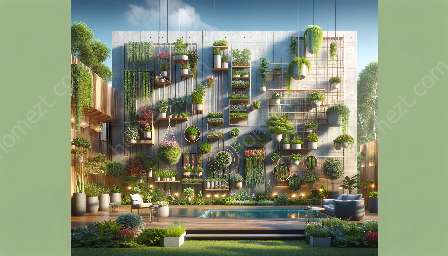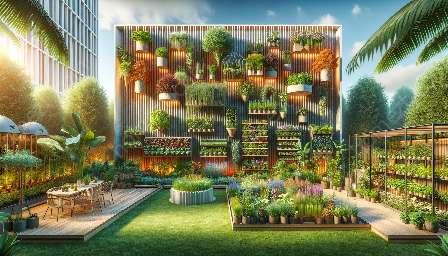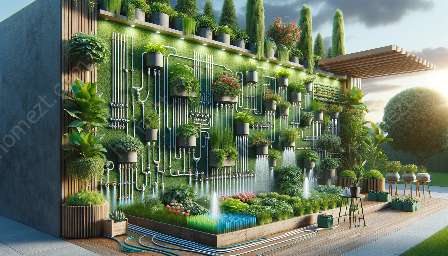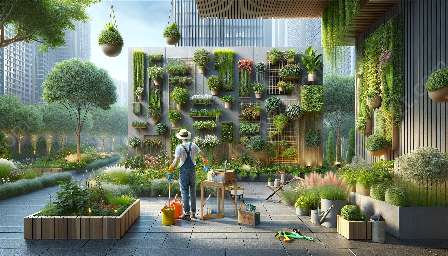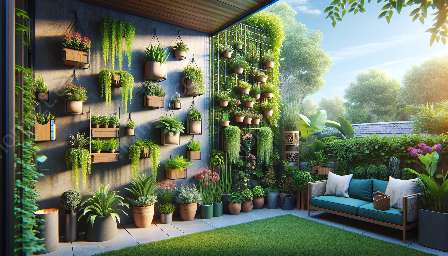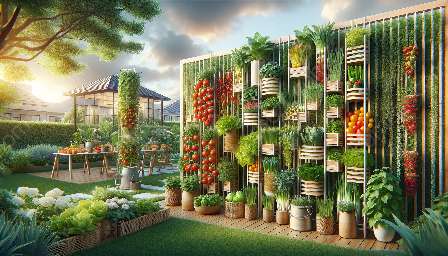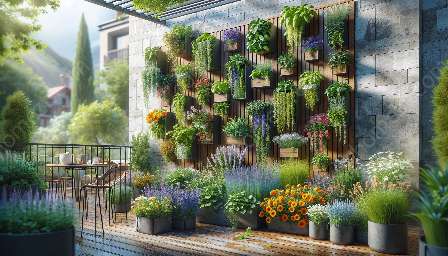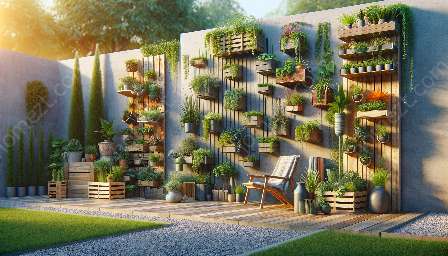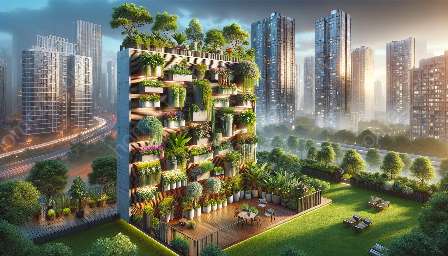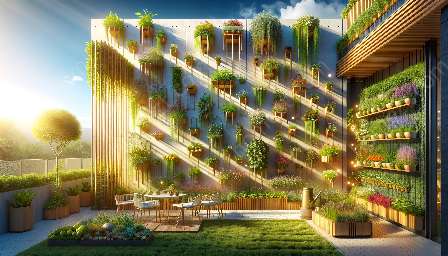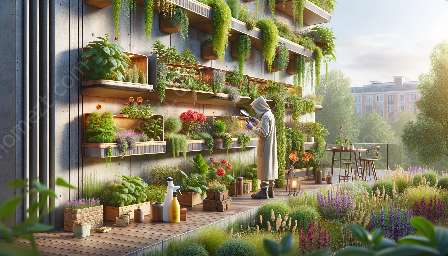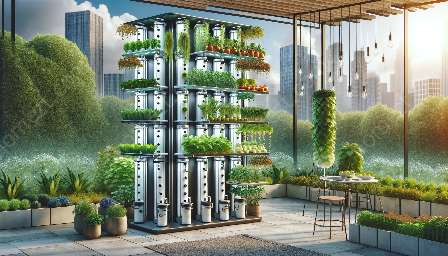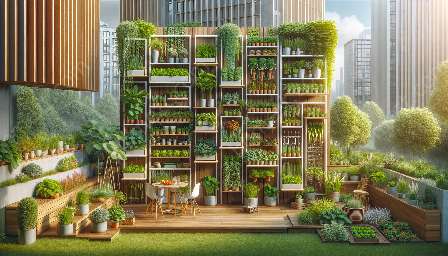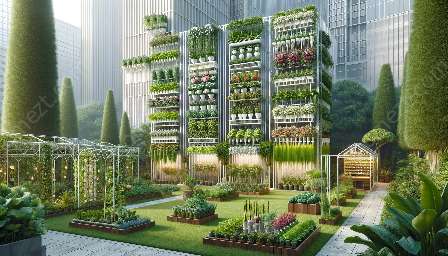Vertical hydroponic gardening is an innovative and space-saving technique that has gained popularity due to its efficiency and sustainability. By integrating the concepts of vertical gardening and landscaping, you can create a beautiful and functional space that maximizes plant growth and aesthetic appeal. In this comprehensive guide, we will explore the benefits, techniques, and best practices for vertical hydroponic gardening, as well as ways to integrate it with existing landscaping and vertical gardening designs.
The Benefits of Vertical Hydroponic Gardening
Vertical hydroponic gardening offers numerous advantages for both amateur and seasoned gardeners. It allows you to grow a wide variety of plants in a limited area, making it ideal for urban environments, small yards, or indoor spaces. By utilizing vertical structures, you can make the most of available space and maximize your plant yield. Additionally, hydroponic systems provide plants with a nutrient-rich solution, leading to faster growth and higher yields compared to traditional soil-based gardening. This method also reduces water consumption and minimizes the risk of pests and diseases, creating a more sustainable and low-maintenance growing environment.
Techniques for Vertical Hydroponic Gardening
When it comes to setting up a vertical hydroponic garden, there are several key techniques to consider. One popular approach involves using vertically stacked trays or towers, where plants receive a continuous flow of nutrient solution directly to their root systems. Another method utilizes vertical columns or hanging planters, allowing for efficient use of vertical space while providing adequate support for the plants. Alternatively, you can create a living wall or vertical garden using hydroponic modules, creating a stunning visual display while promoting healthy plant growth.
Integrating Vertical Gardening and Landscaping
To enhance the visual appeal of your vertical hydroponic garden, consider integrating it with existing vertical gardening and landscaping elements. Incorporating climbing plants, such as vine tomatoes or flowering vines, into vertical structures can add a decorative touch while optimizing space usage. Furthermore, blending hydroponic planters with traditional soil-based garden beds or creating cascading water features can transform your space into a cohesive and harmonious outdoor oasis. By combining these elements, you can create a multi-dimensional and captivating environment that showcases the beauty of vertical gardening and the efficiency of hydroponic growing.
Conclusion
Vertical hydroponic gardening offers an exciting and practical approach to cultivating plants in limited spaces. By embracing this method and integrating it with vertical gardening and landscaping principles, you can create a harmonious and visually stunning environment that maximizes your gardening potential. Whether you're a city dweller with minimal outdoor space or a landscaping enthusiast looking to elevate your garden design, vertical hydroponic gardening provides a sustainable and rewarding solution.




